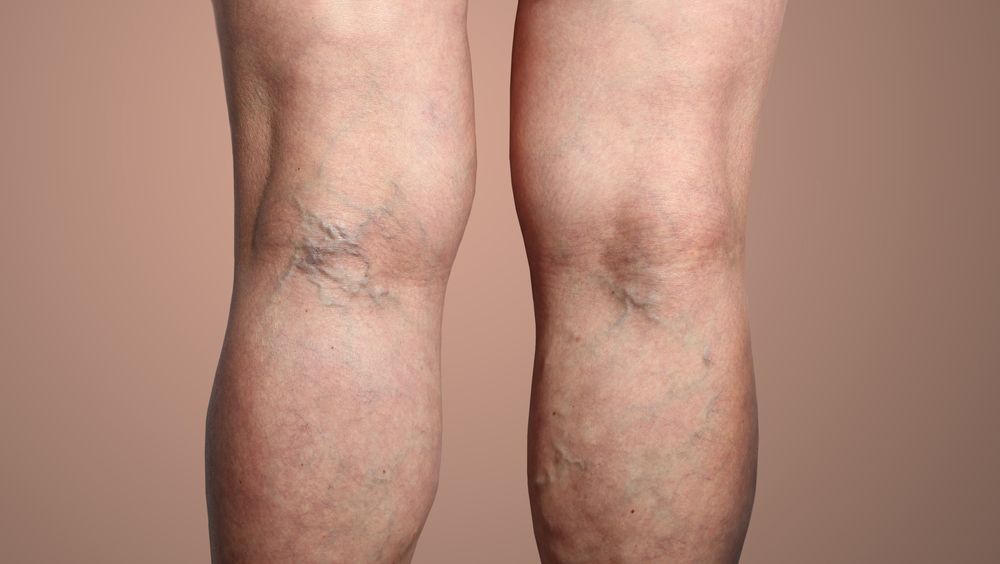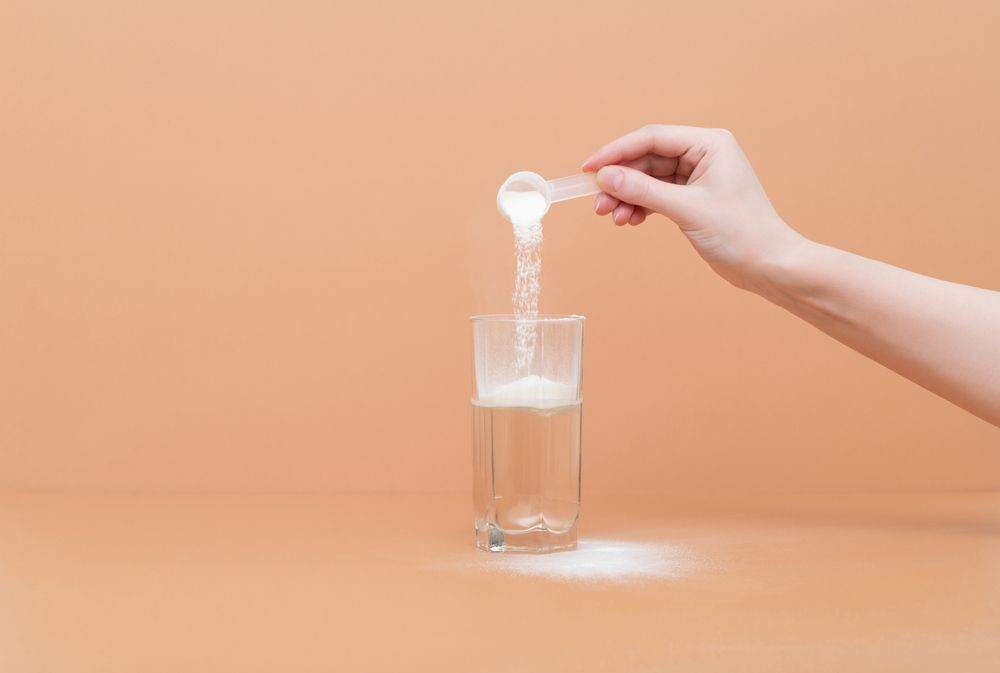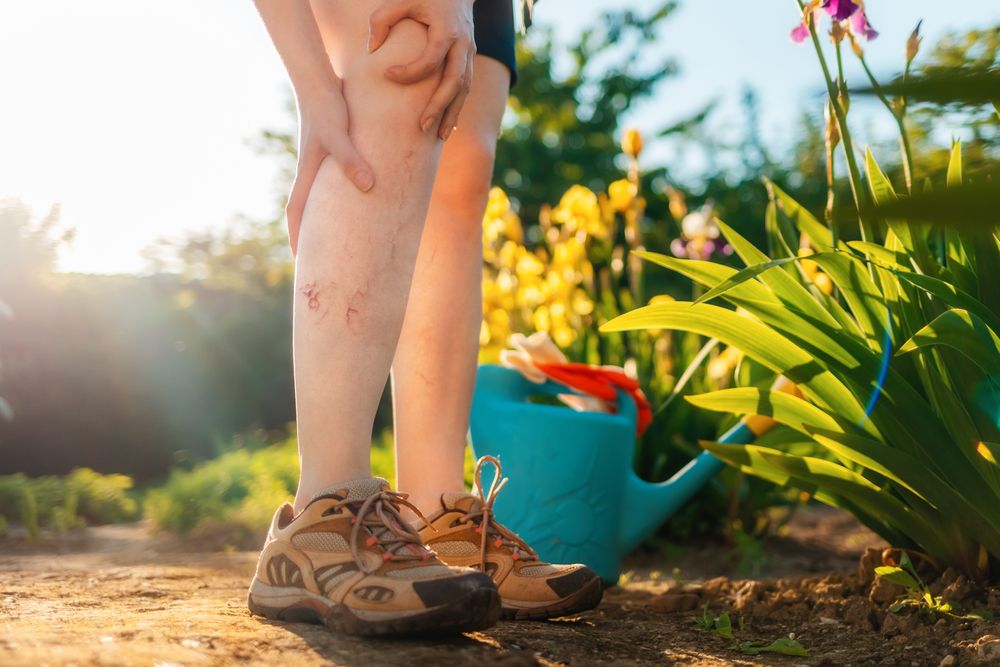
Ah, varicose veins—the uninvited guests at the leg party. These twisted, bulging veins often show up like unexpected confetti, leaving us feeling a bit self-conscious. But beyond the surface, they offer important insights into our overall health.
So, grab a cozy spot and maybe a cup of tea, because we're about to dive into the world of veins, varicose issues, swelling, and blood flow. Whether you're a seasoned pro dealing with varicose veins or just curious about those wavy lines, this guide will help you understand, manage, and maybe even find some humor in these quirky veins!
What Exactly Are Varicose Veins?

Let’s start with the basics: varicose veins are veins that have gone a bit off course. Instead of efficiently carrying blood back to the heart, they slack off, allowing blood to pool, which causes the veins to enlarge and twist. Not exactly the life of the party, right? These veins tend to appear in the legs, thanks to the pull of gravity, which makes it tougher for blood to move upward.
Why Do Varicose Veins Happen?
You might wonder, "Why me?" But the reality is, varicose veins can happen to anyone. Here’s a quick rundown of the usual culprits:
- Genetics: Yep, you can thank your parents for this one. If they had varicose veins, you’re more likely to develop them too.
- Aging: Like a fine wine, we all age—but unlike wine, our veins don’t improve with time. Instead, they tend to weaken.
- Pregnancy: That beautiful baby bump also brings extra blood flow and pressure, making your veins work overtime.
- Lifestyle Choices: Long hours of sitting or standing, lack of exercise, and, let’s face it, the occasional indulgence in salty snacks, can all contribute to the issue.
The Not-So-Pretty Symptoms
Varicose veins might not win any beauty contests, but they bring their own set of challenges:
- Heavy, Aching Legs: It can feel like you’re lugging around invisible ankle weights, especially after a long day.
- Swelling: Ankles and calves can puff up like balloons, making you want to put your feet up as soon as possible.
- Itching and Burning: It’s not an exaggeration to say it can feel like your legs are on fire or covered in tiny mosquito bites.
- Skin Changes: These veins can cause anything from dryness to discoloration, and in more severe cases, even ulcers—they sure know how to make their presence known.
Blood, Swelling, and Varicose Veins: The Drama Trio
When blood starts pooling in those veins, it creates a drama worthy of a soap opera. The resulting swelling can make your legs feel as heavy as lead. It’s not just uncomfortable—it’s a clear sign that your veins need some attention. Swelling can also indicate other underlying issues, so don’t dismiss it as just a minor inconvenience.
Collagen: The Best Bet for Happy Veins

Here’s the scoop: collagen isn’t just for keeping your skin wrinkle-free—it also plays a crucial role in keeping your veins strong and elastic. As we age, collagen production drops, and our veins don’t stay as perky. But don’t fret; you can give your collagen a boost with some tasty options:
- Vitamin C-Rich Foods: Think oranges, strawberries, and bell peppers—anything packed with this essential nutrient.
- Bone Broth and Collagen Supplements: These are like a direct line to increasing your body’s collagen supply.
Let’s Get Rid of Those Pesky Veins!
If you’re wondering, "Okay, how do I deal with these veins?" you’re in luck. Here are some effective methods, with a touch of humor to keep things light:
- Exercise: We know, exercise is a must. But seriously, moving your legs helps keep blood flowing and veins in check. Try walking, swimming, or even a dance party in your living room.
- Elevate Those Legs: Here’s your chance to put your feet up! Elevating your legs helps drain pooled blood and reduce swelling.
- Compression Stockings: They might not be the height of fashion, but they work wonders in improving blood flow and reducing swelling.
- Diet Makeover: Load up on fiber and vitamins while avoiding salty snacks. Your veins (and your waistline) will thank you.
- Stay Hydrated: Water is your ally. It keeps blood flowing smoothly and helps reduce swelling.
FAQs
1) Are varicose veins dangerous?
Most of the time, they’re just a nuisance and an eyesore. However, in severe cases, they can lead to complications such as blood clots or skin ulcers. If you’re experiencing significant pain or noticeable changes in your skin, it’s best to consult a doctor.
2) Can I prevent varicose veins?
While you can’t completely prevent them, you can lower your risk. Stay active, maintain a healthy weight, and avoid long periods of standing or sitting. And yes, investing in compression stockings can be worthwhile!
3) How does collagen help with veins?
Collagen strengthens the walls of your veins, keeping them firm and less prone to becoming varicose. Eating a diet rich in collagen or taking supplements can be beneficial.
The Bottom Line
Varicose veins might be a pain in the leg, but they’re not the end of the world. With a bit of care, some lifestyle adjustments, and a sense of humor, you can manage these unruly veins and even prevent them from worsening. Taking care of your veins is a long-term investment in your overall health.
So, whether you’re flaunting your legs in shorts or just want to feel better, keep those veins in check and stay fabulous! If you’re still curious about vein-related topics or have more questions, check out our next page. We’ve got plenty more tips, tricks, and insights to keep you informed and help you handle varicose veins.


